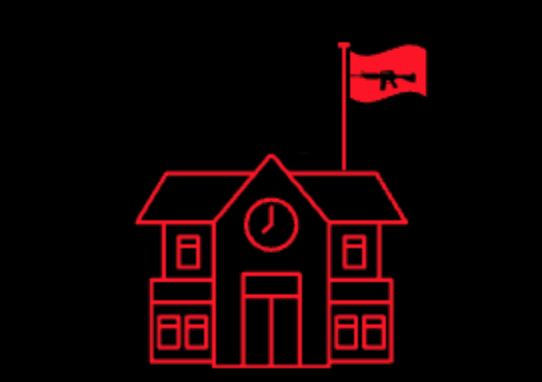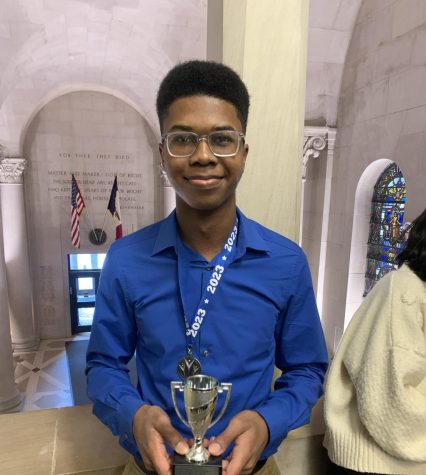
On Jan. 6, 2023, Richneck Elementary School teacher Abigail Zwerner was shot by one of her six-year-old students. Now, she’s suing the people who let it happen for $40 million.
Although loose gun laws partially contribute to incidents of gun violence such as this, the school’s administration displayed extraordinary negligence leading up to the shooting. In the past two years, the student in question (known only as “John Doe”) had strangled a teacher, inappropriately touched a female student under her dress, and whipped other students with his belt.
Each one of these instances of egregious conduct was met with a mere slap on the wrist, as Zwerner’s lawsuit alleges that he was given pieces of candy after being sent to the principal’s office.
Two days before the incident, John Doe took Zwerner’s phone and smashed it against the ground, rendering it unusable. This was only met with a single day of suspension.
On the day of the incident, Zwerner reported to Richneck Elementary Assistant Principal Ebony Parker that John Doe seemed to be exercising particular violent tendencies, and had threatened another student. Another teacher also came to Parker with the concern that he may have had a gun, which was corroborated by two students. A third teacher came to Parker again with a report that the boy had shown the gun to another student at recess later in the afternoon, and a fourth teacher asked to search the boy. Despite all of this, Parker did nothing.
This abhorrent incident was shocking to many, but the underlying circumstances are the same for the majority of mass shootings. Just like the Richneck Elementary shooting, many of these incidents are preventable, albeit through different means.
Pleasant Valley psychology teacher Ann Berger followed this situation closely, and noted many of the red flags that those who commit violent acts often display. “They’re writing violent pieces in school. They’re treating students poorly, they’re showing things that, with the situation with the six-year-old, there were teachers that tried to say ‘I have concerns.’ And there they are, and they’re just kind of dismissed; passed over,” Berger lamented.
On the micro level, teachers are often ignored by administrators when they voice worries about student behavior. On the macro level, the government often fails to act in necessary ways in order to prevent mass shootings. Extreme Risk Protection Orders, often called “red flag laws,” allow either family members or law enforcement officers to impose restrictions on a person’s ability to own a gun if they believe that person may pose a threat to others. Despite the fact that 70% of Americans support these laws, only 20 states have implemented them.
“The research shows that [many of] the school shooters have had domestic assaults. So those are red flags. Clearly, we should be at a minimum, legislating that if you have domestic abuse charges, if you have a history of that, that you would not be allowed to… get a firearm like an AR-15, right?” Berger commented.
Gun violence is ever-encroaching, as the PV school district learned when the high school was threatened by a student who was actually on the other side of the state. Senior Tejus Kanathur recalled this incident as a pivotal moment in his understanding of the immediate danger that it posed. “When that warning came in, I was worried because I always thought these threats were far off, like they wouldn’t happen here in this small town of Bettendorf, Iowa, you know? But this threat is real. It’s like a wake-up call,” Kanathur recounted.
As Kanathur realized, gun violence is an immediate threat to all of us. Whether it’s red flag laws, increased mental healthcare services or an assault weapon ban, something must be done.








